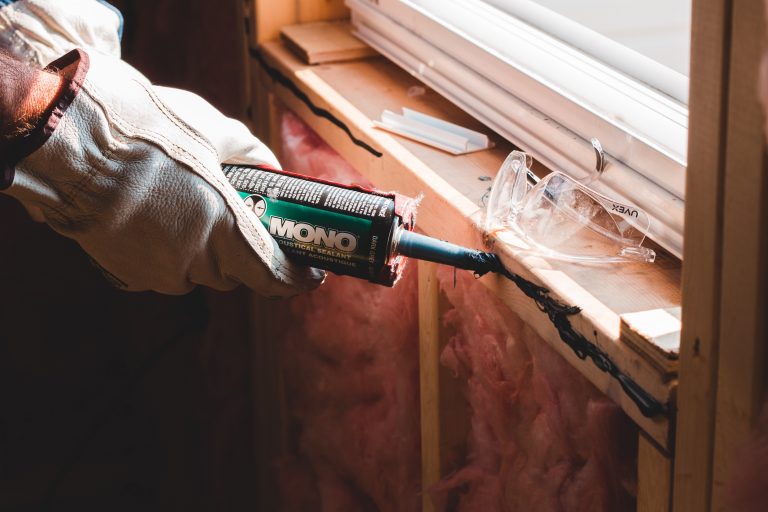Can violent crime be addressed through housing repair?
A recently published study from researchers at the University of Pennsylvania suggests the answer is yes. The study looked at Philadelphia’s Basic Systems Repair Program (BSRP), which provides grants to low-income individuals for structural home repairs. It found a decrease in crime occurred in areas benefitting from the program.
“Structural repairs to the homes of low-income owners were associated with a modest, but significant, reduction in crime at the block face level,” the authors of the study said. “The results included total crime and each crime category evaluated, including violent crime.”
The researchers found that blocks affected by the home-repair program were associated with a 21.9 percent decrease in homicide and a 19 percent decrease in assault. They also found that for each additional house that received the BSRP grant, the associated crime decrease was larger.
“We found a significant BSRP dose-dependent decrease in total crime such that the magnitude of impact increased with higher numbers of homes with BSRP intervention on a given block face,” the authors concluded.
The findings are noteworthy at a time when violent crime is spiking in major cities across the country, and policymakers are scrambling to find solutions. Philadelphia is on pace to see its deadliest year ever for homicides. City officials have focused heavily on calls for more gun control, but with polls showing a decline in public support for new gun restrictions, the findings of the study show the potential for effective alternative measures.
The program was initiated in 1995 and is funded by the city of Philadelphia. It provides grants of up to $20,000 to qualifying homeowners to fix electrical, plumbing, roofing, and other structural damage to homes in low-income neighborhoods.
Researchers Eugenia South, John MacDonald, and Vincent Reina of the University of Pennsylvania studied over 13,000 recipients of the BSRP grant between 2006 and 2013 and analyzed crime rates before and after the housing repairs. They also compared rates between grant recipients and those still on the waiting list for their findings.
The researchers said the association of home repairs with reduced crime could be due to a number of factors, including stress reduction and decreased community stigma.
“Structural repairs may provide stress relief for the owners and other occupants, including relief from financial stress associated with having limited means to pay for needed repairs and living in a home requiring considerable repairs,” the authors wrote. “Lower levels of psychosocial stress may, in turn, mitigate or reduce disputes that otherwise could have led to acts of violence.”
The researchers were enthusiastic about the potential for the findings to provide a strategy for crime reduction without the involvement of the criminal justice system.
“Policy makers who seek non-police interventions to respond to crime should consider structural, scalable, and sustainable place-based interventions, such as the BSRP,” the authors said.







Only Members can view comments. Become a member today to join the conversation.